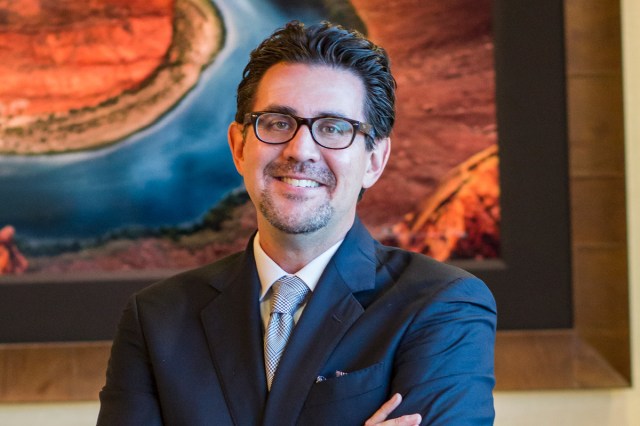
The stream of positive economic news continues to be steady, and welcome. In May of 2018, the current U.S. economic expansion became the second-longest on record, and Nevada’s growth is among the best in the nation. The state’s unemployment rate is falling. Its incomes are rising. Its population is booming, and its home prices are surging. In times like these, we are reminded of the powerful economic engine that has been a hallmark of Nevada’s modern history.
During these good economic times, Americans are doing what they usually do–spending more while saving less. Personal consumption per capita in the second quarter climbed 4.1 percent, the third-highest rate reported in the last decade. Meanwhile, the national consumer debt service ratio – debt payments as a percentage of disposable income – is inching closer to 6 percent, a level not reached since 2007. Notably, the current makeup of household debt has shifted from majority mortgage-related to majority consumer debt, such as credit cards and auto loans.
As consumer debt has climbed, personal savings have lagged. The U.S. personal savings rate averaged 6.8 percent during the past year. While that rate is much better than the sub 4 percent levels prior to the last recession, it is well below the 8-percent-plus savings rates that we saw in 2012, much less than the 10 percent rates witnessed in the 1980s or the 12 percent rates reported in the 1970s.
Our memories tend to be short. Years pass, and remembrances of the recession fade. We get comfortable, maybe even complacent. It is always easier to focus on the good times of today instead of saving for tomorrow, yet while we enjoy the economic fruits of the present, we should not be too quick to forget the lessons of our past.
Economies are a series of cycles. They boom and bust. Jobs are gained and lost. Opportunities flourish and fade. I am by no means forecasting economic doom and gloom or suggesting that a recession is looming just around the corner. That said, the realities of economic history tell us that a down cycle will come, and common sense reminds us of a simple truth: it is much easier to spend money you don’t have than it is to pay back money you don’t have.
Alas, common sense is not always common practice, and increasing consumer debt is a risk that will inevitably leave many unprepared for the next downturn. I would submit that a bit of austerity in prosperity may very well extend our current positive economic momentum and better position us to weather unexpected, but inevitable, periods of decline.
Yes, things are good right now. For some, better than they have ever been. But, now is not the time for complacency; now is the time to fortify the conservative economic principles that have underpinned Nevada’s unmatched economic growth for the past century and to make the investments necessary to ensure that the foundation laid for future growth is strong, stable and sufficient. For individuals, this may mean putting more aside for retirement or a college fund. For businesses, this may mean revisiting expense line items like they did when top-line revenues were decreasing; and, for governments, it will mean committing resources to rainy-day funds, investing in infrastructure and holding the line on the cost of entitlements.
Nevada’s economy was stronger coming out of the Great Recession than it was going in because of difficult, often heart-wrenching, decisions made by families, business owners and elected leaders. The decisions we make today, a period that I hope becomes known as the Great Expansion, are equally important to ensuring that the vitality we’ve earned is not short-lived.
Members of the editorial and news staff of the Las Vegas Review-Journal were not involved in the creation of this content.


